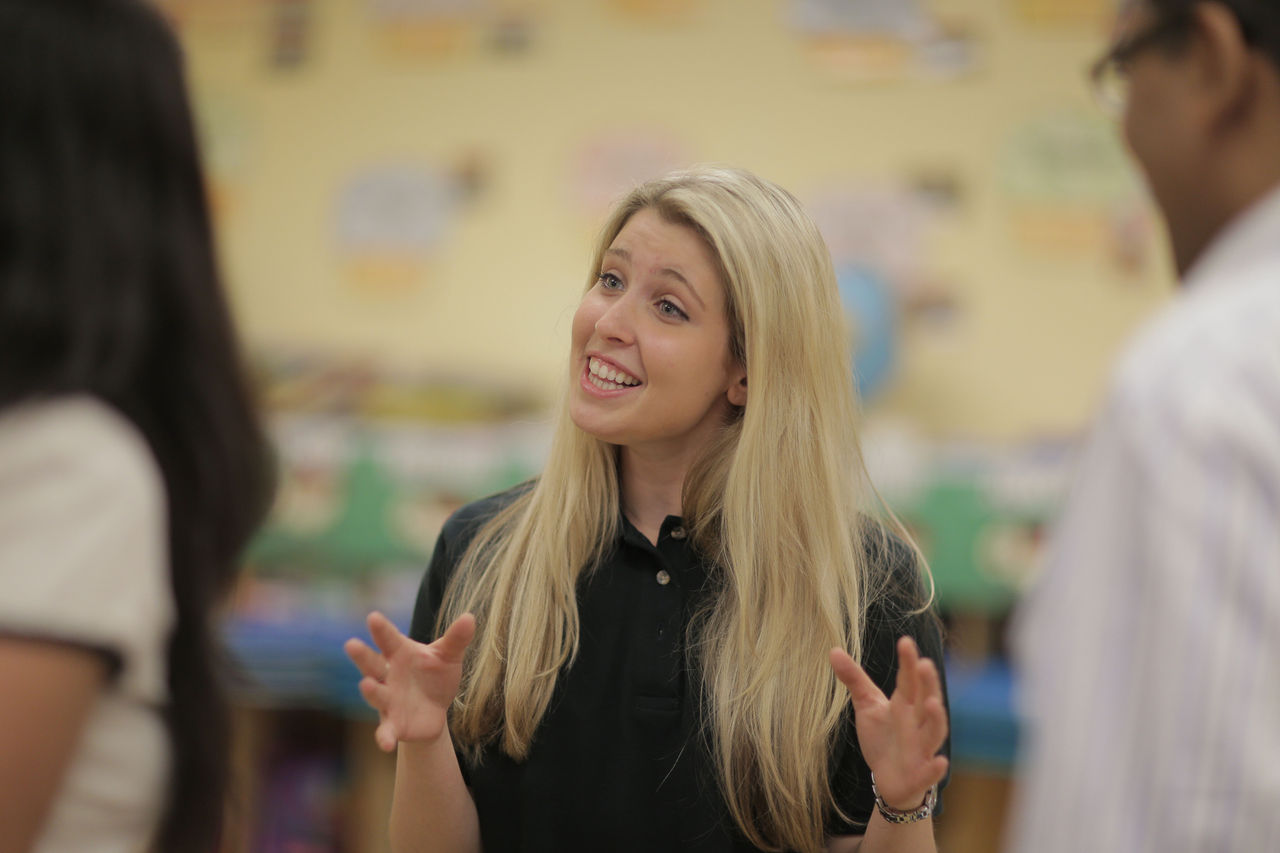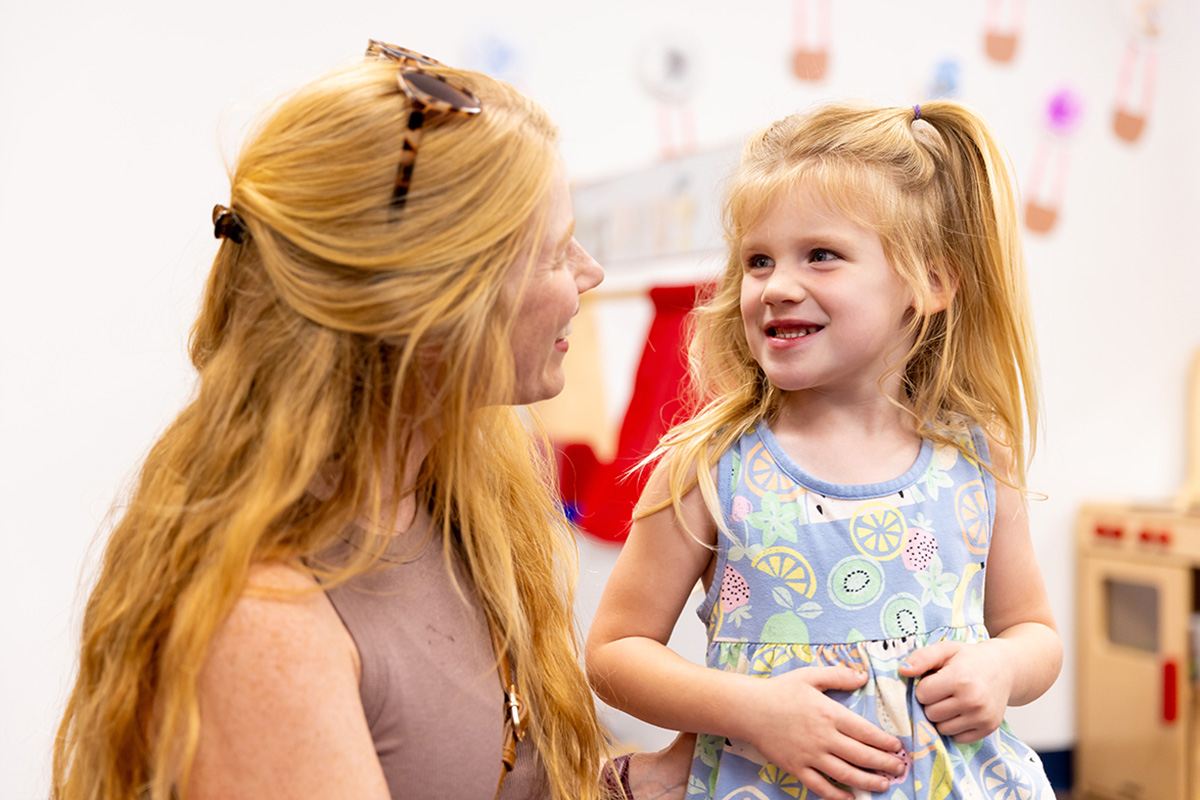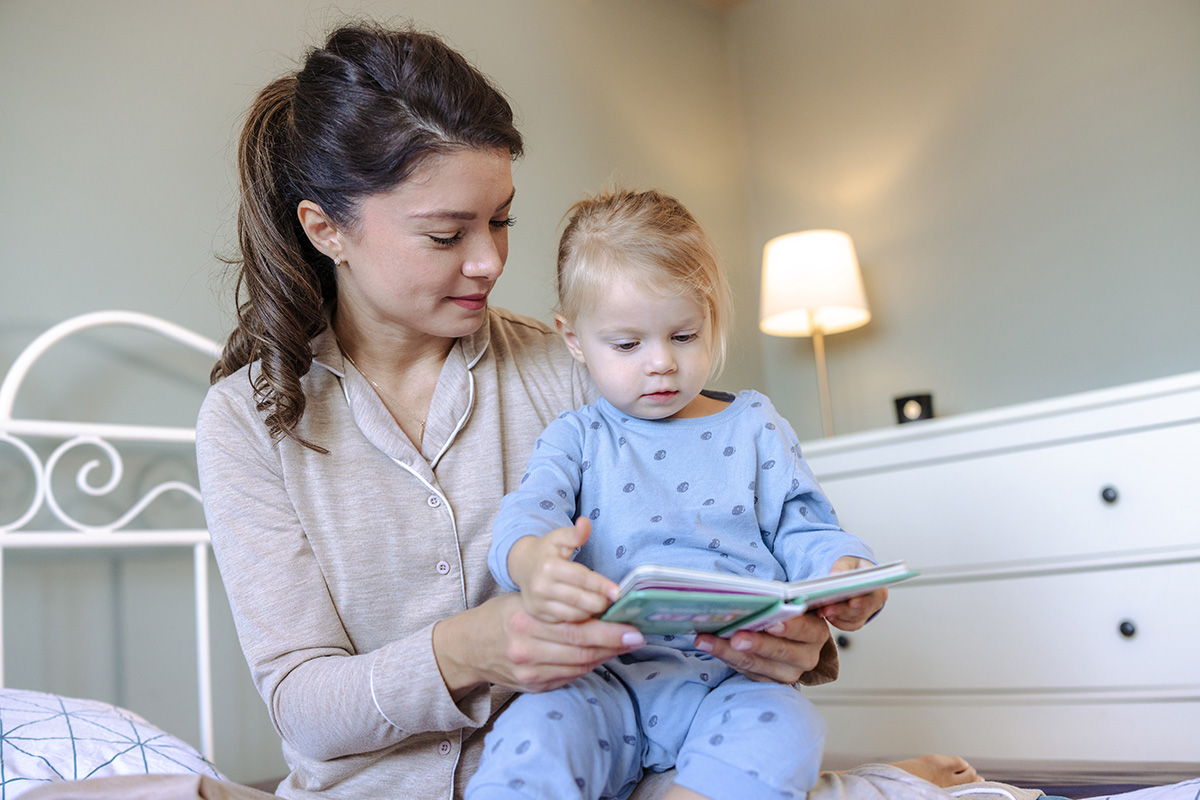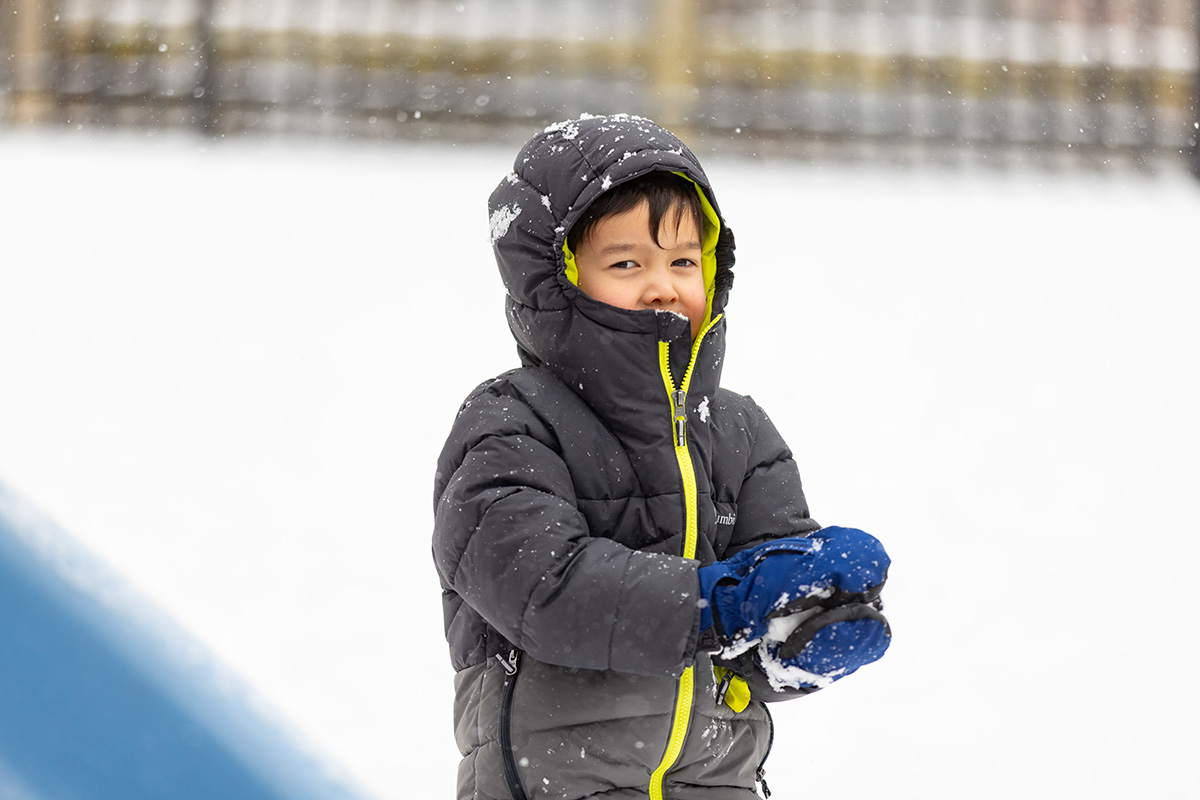As tempting as it may be to try to protect children from conflict — everything from hurt feelings to sibling disagreements — conflict is unavoidable in life. Instead of trying to prevent conflict we should teach conflict resolution skills like addressing feelings first, communication and active listening. These skills will prepare your child for conflict by giving them the tools they need to overcome the unavoidable.
Why Conflict Resolution Skills are Important for Children
Conflict resolution skills are necessary in every stage of life. By teaching conflict resolution to your child at an early age, you’re giving them the skills they need to form meaningful, healthy relationships for years to come. Additionally, conflict resolution skills encourage empathy and help children develop the emotional intelligence needed to recognize and manage their feelings. In fact, conflict resolution skills are a great tool to use when teaching children about empathy.
Strategies for Teaching Conflict Resolution Skills
Teaching conflict resolution in the heat of a moment won’t yield the best results. Emotions are high and that makes it nearly impossible to gently reason with children. The best way to teach conflict resolution skills is through role-playing scenarios that children might face.
Use role-playing exercises. Role-playing exercises provide a calm, safe environment where children can brainstorm and practice important conflict resolution strategies. Preparation and practice when tensions are low is a great way to give your child a roadmap for how to respond when similar situations naturally occur in daily life.
Teach active listening. Active listening is not just hearing what someone is saying — it’s listening to the meaning and intent behind their words. When resolving conflict, active listening ensures that the other person’s emotions are being heard and validated. It’s an important step toward relieving tension and finding a resolution.
Encourage perspective taking. Perspective taking means encouraging a child to imagine how they would feel in another person’s shoes, which ultimately teaches them to sympathize with different perspectives. When you can take another person’s perspective into consideration, it makes it easier to resolve a conflict because you know the source of the problem for each person and can suggest solutions that consider everyone’s feelings.
Tips for Parents
Children look to their parents and caregivers as role models for how to behave toward others. Be sure to demonstrate the same behaviors you want to encourage as you interact with others, whether there’s conflict or not.
Be a role model. Role models play a vital role in every stage of life, but children learn by watching and absorbing the behaviors around them. Modeling the calm, considerate way you want your child to approach conflict helps lay a solid foundation for their interactions with others.
Provide opportunities for practice. Not all conflict is explosive, and good practice for conflict resolution is to encourage it in cooperative tasks. Cooperative games are a great start, as are group projects like putting a puzzle together. Let children work out their own conflicts unless behaviors are dangerous. For younger children, you can guide them through the conflict by narrating the situation. “You wanted the teddy bear, but your sister was playing with it. You took it from her so you could play with it. You both want the bear, what can we do to figure this out?”
Use positive reinforcement. It’s important to provide positive encouragement when children resolve their own conflicts in a healthy way. Positive reinforcement examples should be specific. “I really like how you suggested building blocks together when your sister said she needed them all to make a tall tower.”




